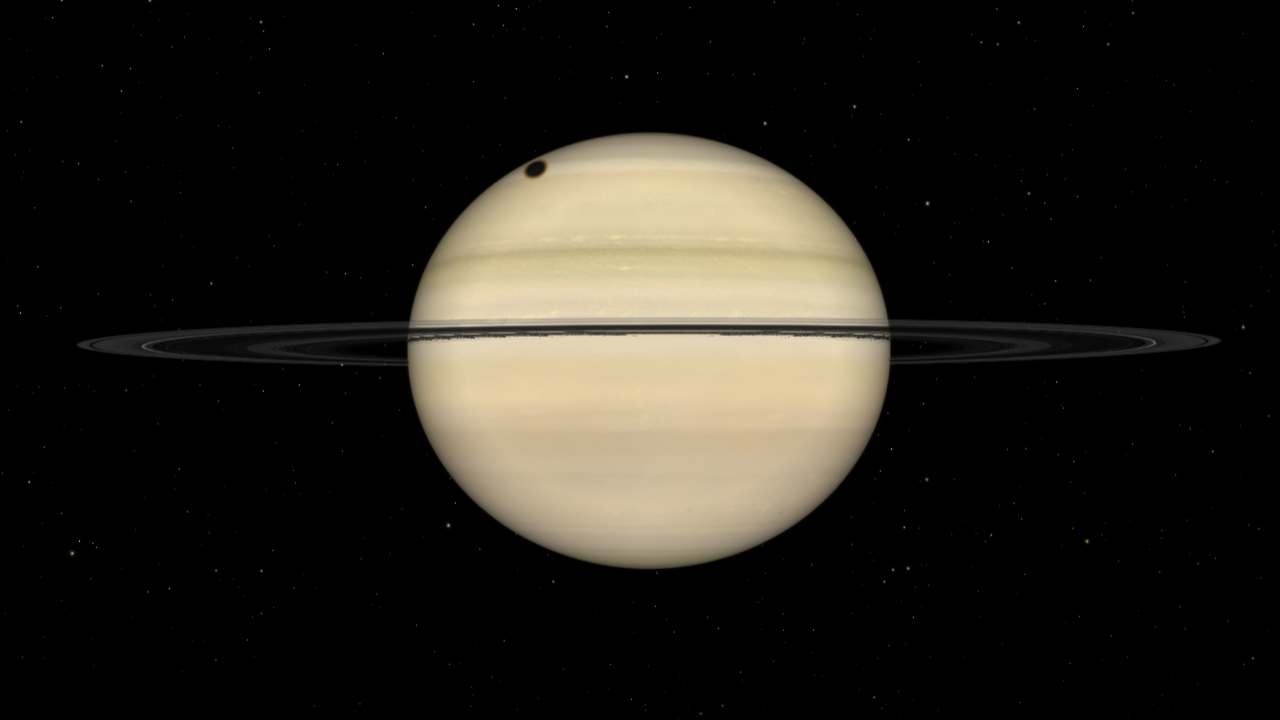A team of astronomers, led by researchers from the Shanghai Astronomical Observatory (SHAO), has uncovered an unexpected and intricate network of tangled, supersonic filaments within a very-high-velocity cloud (VHVC) named G165. This cloud, moving at 300 kilometers per second and located approximately 50,000 light-years from Earth, offers a unique glimpse into the early stages of interstellar cloud formation. Published in Nature Astronomy, the findings shed light on how turbulence and magnetic fields may be responsible for shaping the structure of interstellar gas, rather than gravitational forces. These new observations are poised to transform our understanding of gas behavior in regions of space that are far from gravitational influences, deepening our knowledge of the interstellar medium and its role in galactic evolution.
The Unique Opportunity to Study G165
G165 is an exceptionally massive, fast-moving cloud of atomic hydrogen, which provides a rare opportunity to study interstellar gas in an environment largely unaffected by nearby stars or gravitational forces. Its location, far above the galactic plane and unimpeded by surrounding structures, makes it ideal for studying how interstellar clouds evolve in their early stages. Unlike clouds in the denser regions of the galaxy, which are often influenced by stars and other forces, VHVCs like G165 represent a pristine phase in the lifecycle of interstellar gas. This study offers an almost unobstructed view of the processes that drive cloud formation, providing crucial insight into the complex dynamics of atomic gas.
The observations made using the Five-hundred-meter Aperture Spherical Radio Telescope (FAST) allowed the team to study the composition and structure of G165 with unprecedented detail. One of the most surprising findings was that G165 is dominated by the warm neutral medium (WNM), which is a gas component that exists between the cold and warm phases of interstellar gas. Unlike the cold gas typically found in high-velocity clouds (HVCs), G165 shows no sign of a cold gas component, suggesting that VHVCs may represent an earlier, more pristine phase of cloud evolution.
The Discovery of Supersonic Turbulence and Filamentary Structures
One of the most striking aspects of this discovery is the complexity and dynamism of the gas within G165. Contrary to previous assumptions that such clouds were relatively calm and uniform, the FAST observations revealed a supersonic network of filaments. These filaments form a web-like pattern across multiple layers of velocity, creating a three-dimensional lattice structure that twists and intersects in space. The filaments are highly structured and show signs of turbulence, visible in the data as “velocity wiggles” that indicate dynamic movements within the gas. This discovery suggests that turbulence is not only present in these clouds but is a driving force behind the formation of such complex filamentary structures.
The tangled, supersonic nature of the gas in G165 challenges previous models that assumed interstellar clouds were relatively homogeneous and calm. Instead, the data show that turbulence plays a central role in shaping the cloud’s structure. The velocity wiggles observed in the data are not random but rather reflect coherent motions of the gas, driven by turbulent forces. This means that the gas is not merely static but is undergoing complex, supersonic flows that result in the formation of distinct filamentary structures.
Magnetic Fields and Turbulence: A New Understanding of Interstellar Gas Dynamics
To better understand the physical processes responsible for the observed complexity, the team conducted magnetohydrodynamic simulations. These simulations revealed that supersonic turbulence, interacting with magnetic fields, can naturally generate the filamentary structures seen in G165. The results suggest that turbulence alone—acting in concert with magnetic fields—can shape the early stages of interstellar cloud evolution without the need for gravitational forces. This finding is significant because it implies that turbulent motions and magnetic forces are enough to explain the observed structures in the gas, raising important questions about the role of gravity in the formation of interstellar clouds.
The simulations also provided insight into the specific characteristics of the gas in G165. The researchers observed multilayered velocity fields, skewed density distributions, and asymmetric radial profiles, all of which suggest that the turbulence is organized in a way that creates complex structures. These features are particularly striking because they appear in the absence of gravitational forces, which are typically thought to be responsible for shaping large-scale structures in the universe. This discovery opens up new avenues for exploring the dynamics of interstellar gas in environments where gravity is not the dominant force.
Source link


